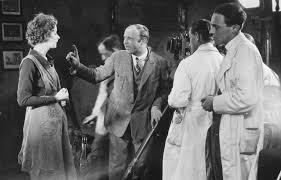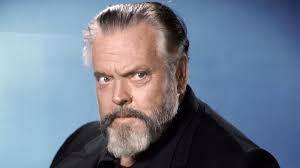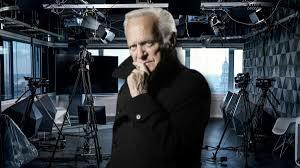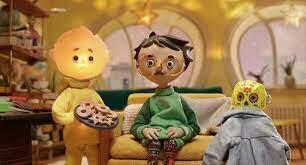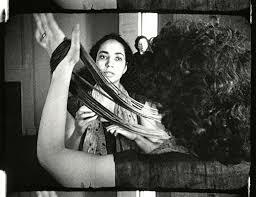Different films - do they have anything in common?
In November 1937, Georges Bataille and a few friends founded an informal institution they called the Collège de sociologie. It had no permanent headquarters, it held its lectures in the back room of a Parisian bookshop (but the audience tended to be quite prominent), and the interest that prevailed among its members could perhaps be summed up as follows: what forms can the sacred still take in an unenchanted, in fact quite mundane world, as the title of one of the lectures by Michel Leiris put it. For it is obvious that these forms can be different in the modern world, and not always so conspicuous or easily recognizable, because it can be even a tiny crack in the time of the everyday or a place removed from ordinary life. This is certainly related to the question of how to understand something like this.
The film Ivetka a hora by Vít Janeček therefore documents a strange paradox: if miracles still happen today, they arouse more indignation than joy in the institutionalised Church, because the Church as an institution, dangerously adopting some signs of secularity, tries to conceal its heteronomy, even though this is the very foundation on which it rests.
Elo Havetta'sThe Feast in the Botanical Garden , as scripted by Lubor Dohnal, is almost the opposite (but only on the surface): the miraculous is not so extraordinary, because it only takes imagination to make the miraculous commonplace. And it is immediately clear: the world is not a valley of tears, but Babindol.
And a young man named Čatloš from Dušan Hanák's 322, who says: "That's an apple, that's a meadow, that's a tree", suddenly opens a gateway to another time in the ugly grey world with this simple name. What he says thus has the character of a Joycean epiphany from Dubliners. And suddenly we can recall similar forms of the miraculous elsewhere, perhaps even in places where we would not expect them. For example, when Eugene Ionesco recalls the small apartment where he and his wife once lived and where their daughter was born. There were washed nappies hanging on lines everywhere, and a friend who came to visit thought that it couldn't be like that, that life wasn't nice. But Ionesco says, "...you have to watch. It's admirable. It doesn't matter what the miracle is. Everything is a glorious epiphany, the slightest object shines."
What is common to films that demonstrate that it is possible to think through film is this: transcending the mundane must be sought within the mundane itself: if we run away from it, we will not encounter the miraculous. The other is not there, but here, somewhere between us. And thinking is nothing but this: it is enough to see a crack, to perceive an epiphany between the diapers - and we are forced to think, if to think is to think otherwise.
And what else unites these films is that they are films. Fame even makes this clear with the Lumière train at its very beginning. It reminds us that the film was originally something of a miracle in the midst of the mundane, almost a fairground attraction. But that - precisely because of that - it raises eyebrows. What is it that arouses wonder? A running dog, people on bicycles, horses, a fast-moving car. Leaving the factory.
It's certainly worth thinking about.
Miroslav Petříček




